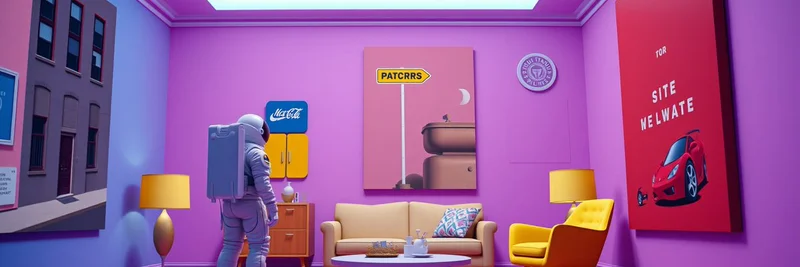Hey there, crypto enthusiasts! If you’ve been keeping an eye on the latest blockchain innovations, you’ve probably heard the buzz around DoubleZero and their groundbreaking announcement on June 30, 2025. They’ve just rolled out native multicast support, a feature that promises to shake up how data moves in distributed systems like blockchains. Let’s dive into what this means, why it matters, and how it could impact the future of projects like Solana.
What’s Multicast, Anyway?
Before we get too deep, let’s break it down. In simple terms, multicast is a way to send data to multiple devices at once, efficiently. Think of it like sending a single email to a group chat instead of messaging everyone individually. Traditional blockchain networks often rely on unicast, where data is sent from one validator (a node that helps secure the network) to another, one by one. This can clog up bandwidth and slow things down, especially as networks grow.
DoubleZero’s new multicast approach flips the script. With multicast, data is sent once and replicated across the network to reach all the right validators simultaneously. The result? Faster communication, less strain on the system, and a smoother experience for everyone involved.
Why This Matters for Blockchains
If you’ve ever run a validator on a high-performance blockchain like Solana, you know the real challenge isn’t just computing power—it’s getting data to everyone quickly. Validators need to agree on transactions and blocks, which means constant data sharing. Unicast can create bottlenecks, but multicast solves this by:
- Speeding up block propagation: Blocks get to validators faster.
- Reducing latency: Consensus sync happens in a snap.
- Improving oracle feeds: Real-time data (like price updates) arrives without lag.
- Optimizing routing: Data travels along the best paths based on geography.
This isn’t just a tech upgrade—it’s a potential game-changer for scalability, especially for meme token projects and other decentralized apps that need to move fast.
How DoubleZero Pulls It Off
So, how does DoubleZero make this magic happen? According to their thread, the process is pretty slick:
- Send data once from the source.
- Let the network replicate it internally.
- Deliver it only to validators who need it (subscribers).
- Use deterministic fiber paths for reliable routing.
They’ve even included a handy visual to show the difference. Check it out:
On the left, you see unicast’s messy, repetitive data paths (in red). On the right, multicast (in green) streams data efficiently to multiple points. It’s like upgrading from a single-lane road to a high-speed highway!
A Tool Borrowed from TradFi
Here’s a fun fact: multicast isn’t new. High-frequency trading firms in traditional finance (TradFi) have used it for years to send market data lightning-fast. DoubleZero is now bringing this tech to the crypto world, leveling the playing field. By adding on-chain group configuration and permissions, they’re making it secure and accessible for decentralized systems.
Their comparison table sums it up nicely:
This table highlights how multicast beats unicast in scalability, latency, and network load—perfect for the demands of modern blockchains.
What’s Next for DoubleZero and Solana?
DoubleZero isn’t stopping here. They’re collaborating with top teams in the Solana ecosystem to integrate multicast into validator and consensus software. The testnet (version 0.2.2) is live, so developers can start experimenting with multicast traffic. Broader testing is on the horizon, which could mean big things for meme token projects and other high-speed applications.
Curious about the nitty-gritty? Check out their docs or watch a demo from Malbec Labs CTO to see it in action.
Why This Is Big for Meme Insider Readers
At Meme Insider, we love spotting trends that could shape the meme token space. Faster, more efficient blockchains mean smoother transactions for those quirky, community-driven tokens you love. Whether it’s a new Shiba Inu spin-off or a Dogecoin rival, multicast could help these projects scale without breaking a sweat.
So, what do you think? Will multicast be the next big leap for blockchain tech? Drop your thoughts in the comments, and stay tuned to Meme Insider for more updates on this exciting development!



